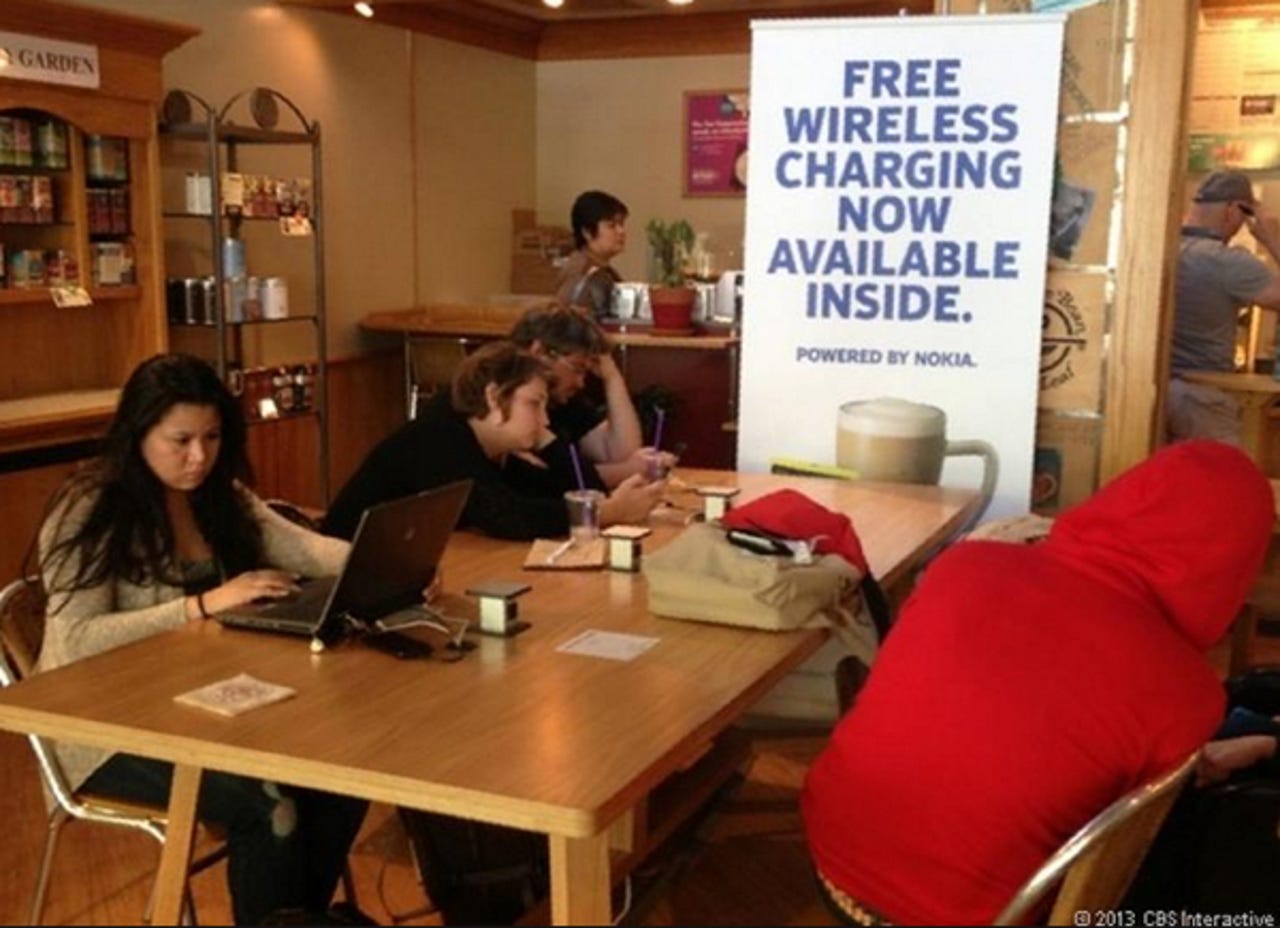How to bring your own cubicle (BYOC) when working remotely


The best way to work productively in coffee shops or other public venues is to give some thought about what to bring with you. You basically want to bring your own cubicle (BYOC) so you can get everything done wherever you end up working. No, you won't bring panels and chairs, a virtual cubicle consists of the gear you should bring so you can work without compromise. The guidelines in this article will help you do that properly.
Laptop or tablet -- This is common sense but when you head out the door you want to grab the system that handles every aspect of the work that must get done. Whether a Windows laptop, MacBook, or a tablet with keyboard, toss it into the bag without reservations. If you use a tablet, make sure the keyboard can handle hours of work. Also make sure the tablet, whatever platform it runs, can do all work tasks without fail. You don't want to leave some activities until you get back to the home or office, make sure you can do it right then and there.
Featured
Audio headset -- Public work spots can be very noisy and you want to be able to speak on the phone or on Skype with clients and colleagues without distraction. A good audio headset goes a long way to presenting a professional image no matter the environment. There are lots of wired and wireless options for conversations. Be sure to use a headset that works with both phones and laptops. This will handle phone calls and Skype calls.
See related: Turn iPad into a second monitor for Mac with zero lag (review)
Two monitors -- If your work best takes advantage of lots of display space, think about a second monitor. That may sound like a strange thing to bring to a public location, but there are easy options to make this work well. Using an iPad as a second monitor for a MacBook or Windows laptop is just an app away with the Duet Display app for the iPad. Covered previously on ZDNet (see review link above), Duet Display puts two monitors in front of you at little cost, and without laggy display.Money -- This one's a bit tongue-in-cheek but is also important. You can't expect shops to provide you a comfortable place to work for any length of time it you're not buying something. Whether coffee or food, take care of the business and it will take care of you. This is especially true for places you frequent. These shops love regulars and they'll look out for you.
Mobile power strip -- If you're in the habit of plugging in your laptop and phone when working remotely, bring a small power strip. This lets you plug in everything you need while only taking a single outlet in the shop. This way you're not the person hogging the few available outlets, you're the hero sharing outlets with other patrons. Amazon has a big selection of good solutions at reasonable prices.
Mobile hotspot -- Public Wi-Fi hotspots are often terrible and your work will usually go better if you have your own hotspot. Whether usering your phone, a tablet with LTE, or a dedicated mobile hotspot, getting your laptop online with good speed can be a boost to productivity. A LTE hotspot is especially important if you handle sensitive corporate or client data. Do not expose this to public hotspots if you can avoid it.
Giving a little thought to what goes in the bag before you head out to work remotely can go a long way to making sure the work goes as planned. You want to be able to do whatever needs to get done, while projecting a professional image to those you collaborate with no matter where you happen to be.
See related: